113 products
-
Alley Oop - Lithograph on Paper by V.T. Hamlin (1900-1993) and Original U.S. Postal Stamp
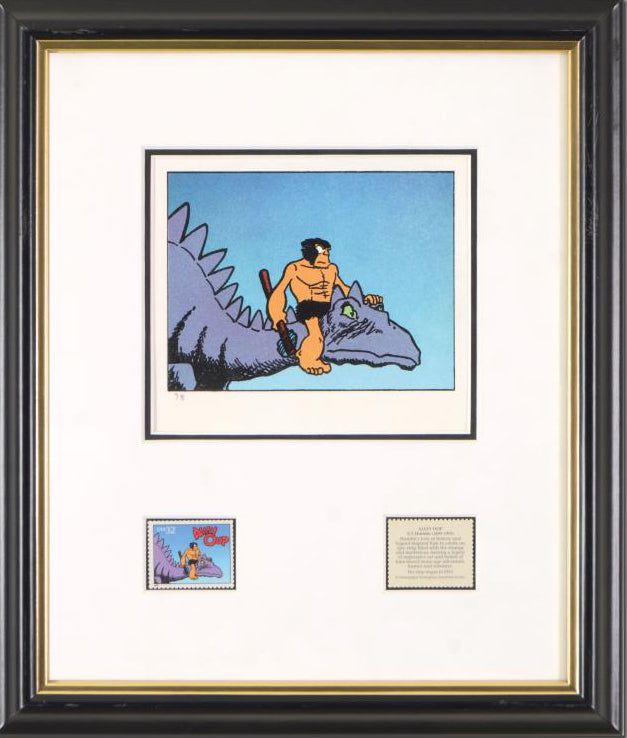
 Vendor:Alley Oop - Lithograph on Paper by V.T. Hamlin (1900-1993) and Original U.S. Postal StampArt Deals
Vendor:Alley Oop - Lithograph on Paper by V.T. Hamlin (1900-1993) and Original U.S. Postal StampArt Deals- Regular price
-
$ 87.50 - Regular price
-
$ 250.00 - Sale price
-
$ 87.50
Quick view
-
Bear For Punishment - Limited Edition Animation Cel with Hand Painted Coloring by Chuck Jones
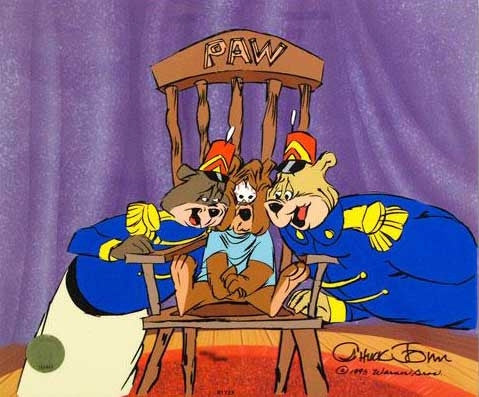
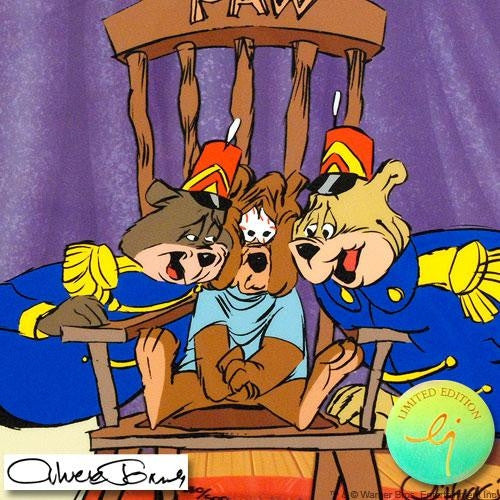 Vendor:Bear For Punishment - Limited Edition Animation Cel with Hand Painted Coloring by Chuck JonesArt Deals
Vendor:Bear For Punishment - Limited Edition Animation Cel with Hand Painted Coloring by Chuck JonesArt Deals- Regular price
-
$ 150.00 - Regular price
-
$ 750.00 - Sale price
-
$ 150.00
Quick view
-
Bugs Rabitaille - Limited Edition Hand Painted Animation Cel with Full Color Background by Victory Fine Art

 Vendor:Bugs Rabitaille - Limited Edition Hand Painted Animation Cel with Full Color Background by Victory Fine ArtArt Deals
Vendor:Bugs Rabitaille - Limited Edition Hand Painted Animation Cel with Full Color Background by Victory Fine ArtArt Deals- Regular price
-
$ 150.00 - Regular price
-
$ 750.00 - Sale price
-
$ 150.00
Quick view
-
C3PO & Waiter - Diptych Hand Painted Production Animation Cel and Production Drawing by Filmation Associates
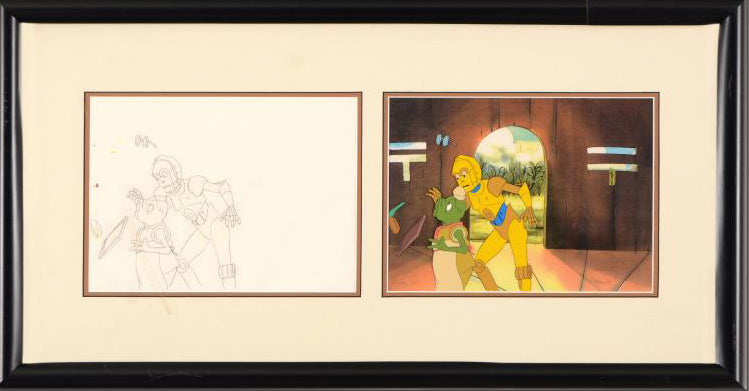
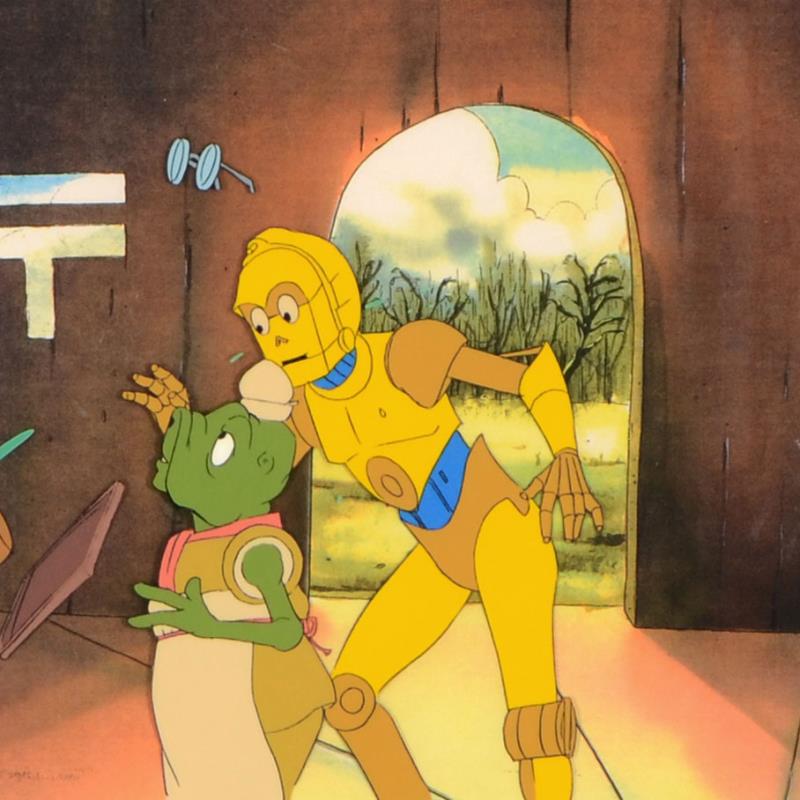 Vendor:C3PO & Waiter - Diptych Hand Painted Production Animation Cel and Production Drawing by Filmation AssociatesArt Deals
Vendor:C3PO & Waiter - Diptych Hand Painted Production Animation Cel and Production Drawing by Filmation AssociatesArt Deals- Regular price
-
$ 270.00 - Regular price
-
$ 1,500.00 - Sale price
-
$ 270.00
Quick view
-
Daffy Cavalier - Limited Edition Animation Cel with Hand Painted Coloring by Chuck Jones (1912-2002)
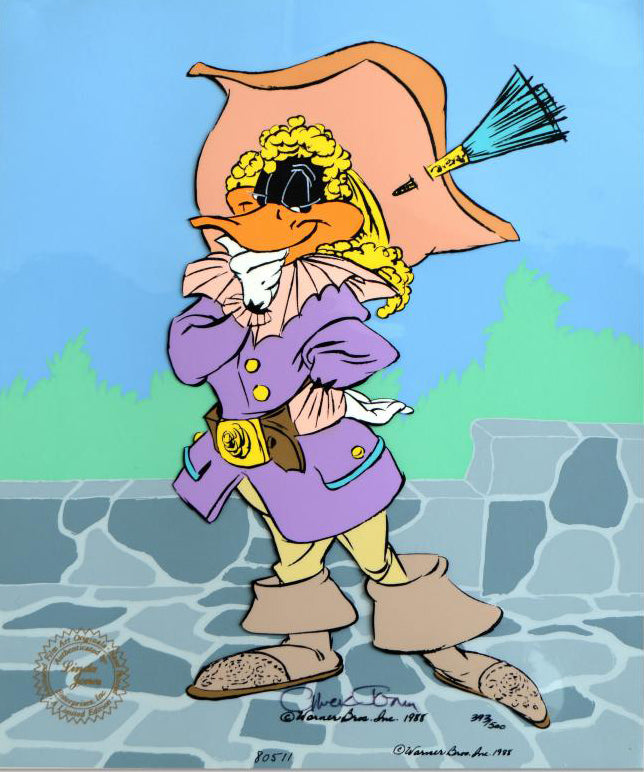
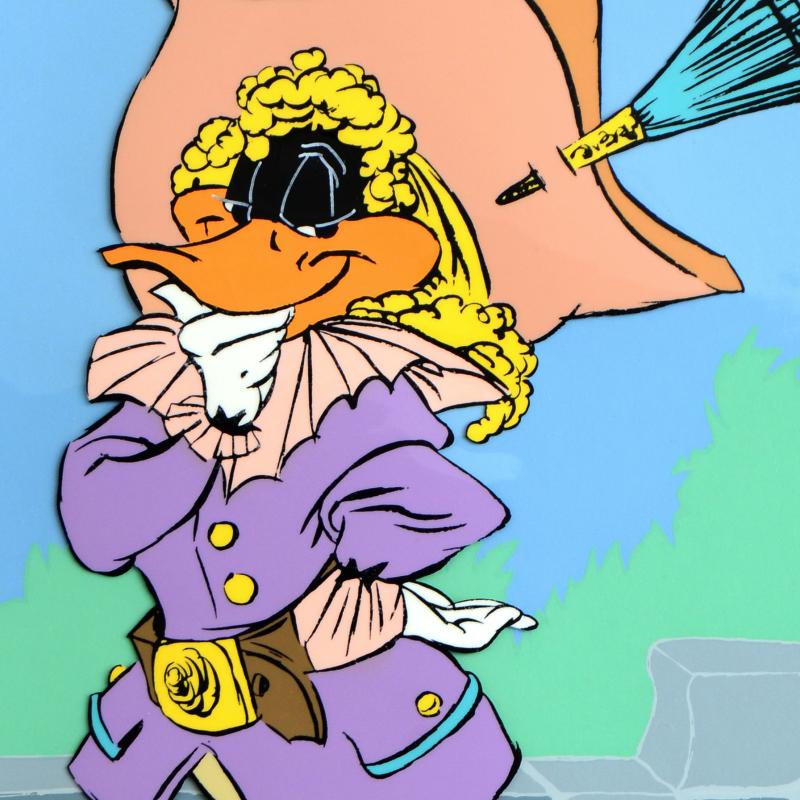 Vendor:Daffy Cavalier - Limited Edition Animation Cel with Hand Painted Coloring by Chuck Jones (1912-2002)Art Deals
Vendor:Daffy Cavalier - Limited Edition Animation Cel with Hand Painted Coloring by Chuck Jones (1912-2002)Art Deals- Regular price
-
$ 210.00 - Regular price
-
$ 1,050.00 - Sale price
-
$ 210.00
Quick view
-
Falstaff Brewing Company - Hand Painted Production Cel and Paired Color Master Watercolor Background

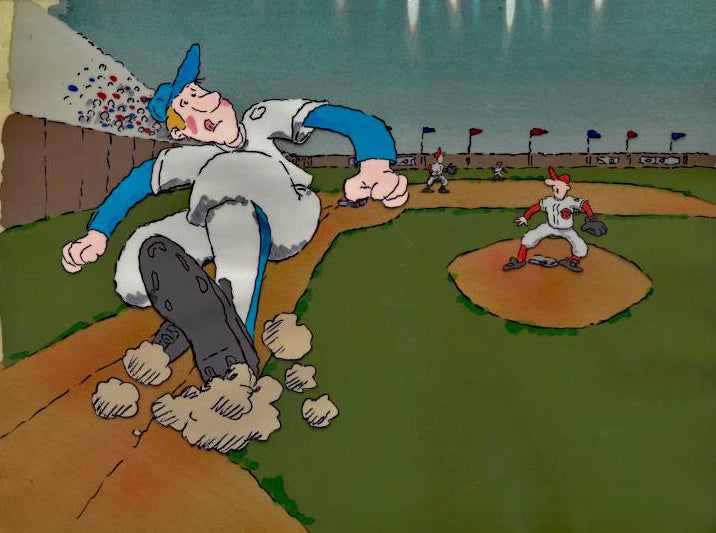 Vendor:Falstaff Brewing Company - Hand Painted Production Cel and Paired Color Master Watercolor BackgroundArt Deals
Vendor:Falstaff Brewing Company - Hand Painted Production Cel and Paired Color Master Watercolor BackgroundArt Deals- Regular price
-
$ 50.00 - Regular price
-
$ 300.00 - Sale price
-
$ 50.00
Quick view
-
Gabby on Scaffolding - Limited Edition Animation Cel with Hand Painted Color by Max Fleischer
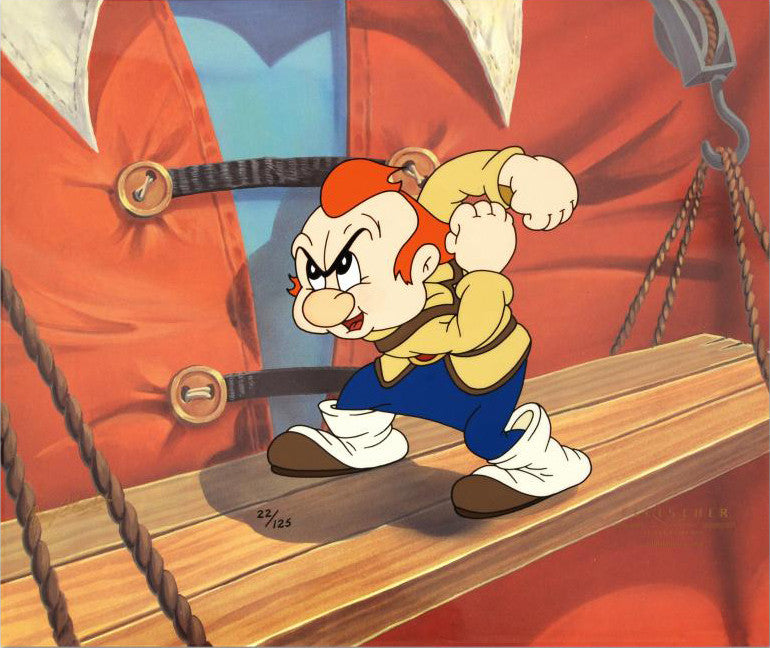
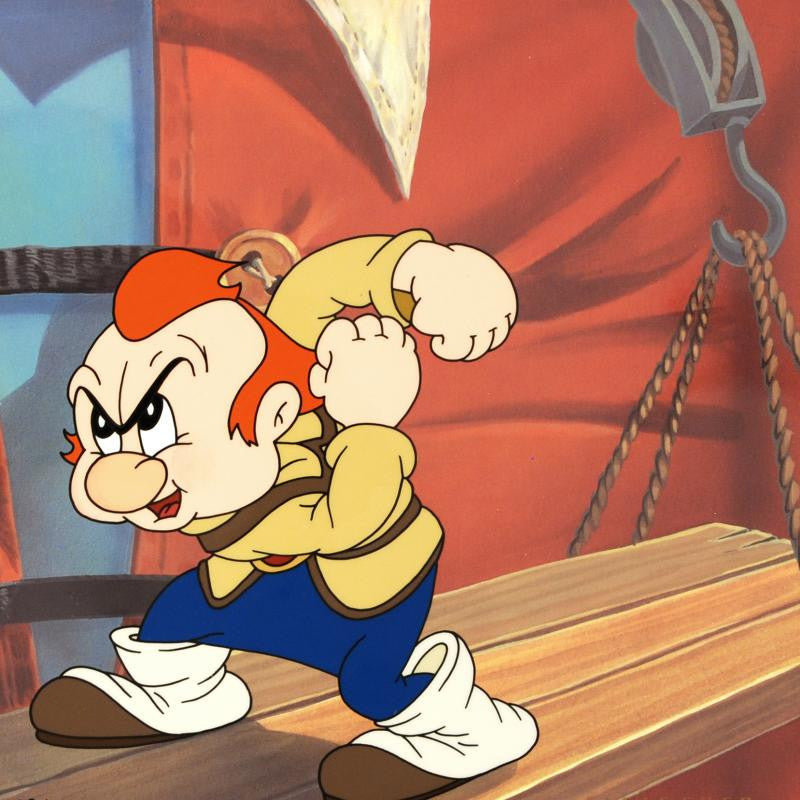 Vendor:Gabby on Scaffolding - Limited Edition Animation Cel with Hand Painted Color by Max FleischerArt Deals
Vendor:Gabby on Scaffolding - Limited Edition Animation Cel with Hand Painted Color by Max FleischerArt Deals- Regular price
-
$ 99.90 - Regular price
-
$ 395.00 - Sale price
-
$ 99.90
Quick view
-
Guarding Betty - Limited Edition Hand Inked and Hand Painted Animation Cel by Myron Waldman with a Full Color Background
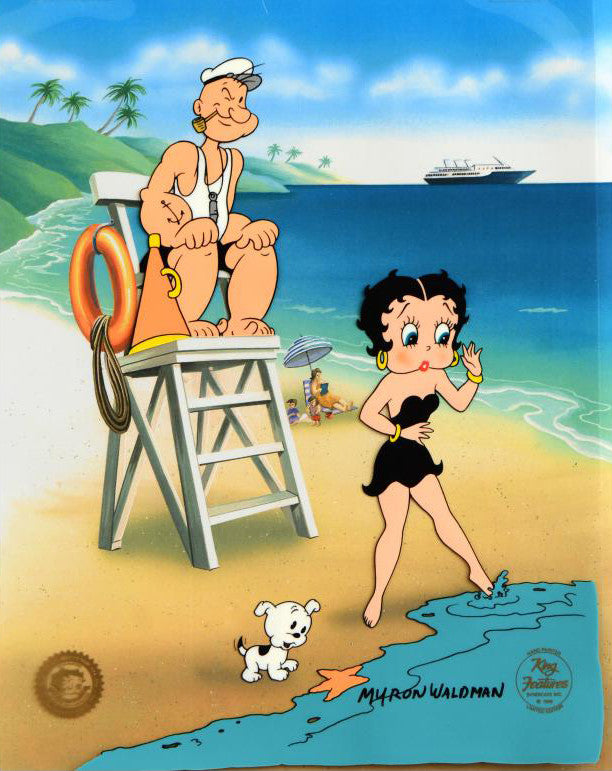
 Vendor:Guarding Betty - Limited Edition Hand Inked and Hand Painted Animation Cel by Myron Waldman with a Full Color BackgroundArt Deals
Vendor:Guarding Betty - Limited Edition Hand Inked and Hand Painted Animation Cel by Myron Waldman with a Full Color BackgroundArt Deals- Regular price
-
$ 518.00 - Regular price
-
$ 1,295.00 - Sale price
-
$ 518.00
Quick view
-
Journey Back to Oz - Limited Edition Offset Lithograph on Paper by Filmation Associates
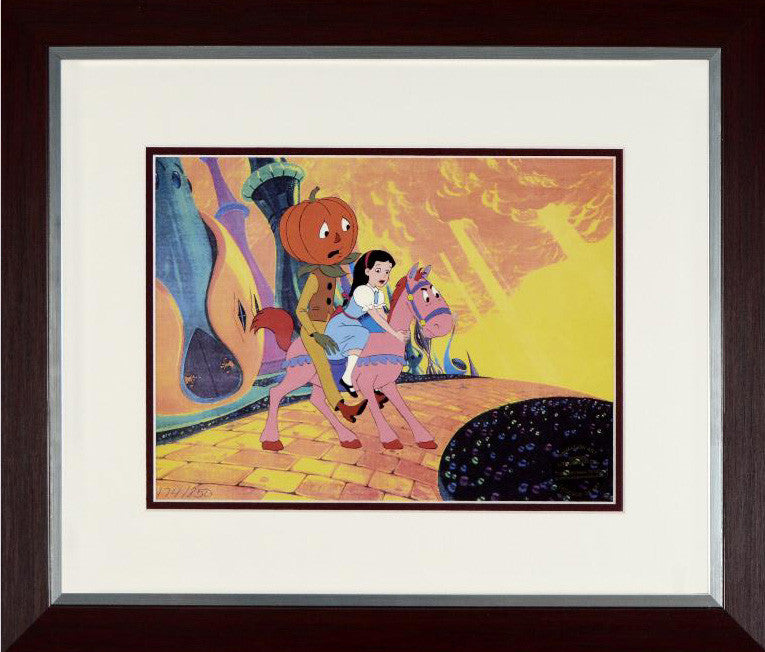
 Vendor:Journey Back to Oz - Limited Edition Offset Lithograph on Paper by Filmation AssociatesArt Deals
Vendor:Journey Back to Oz - Limited Edition Offset Lithograph on Paper by Filmation AssociatesArt Deals- Regular price
-
$ 87.50 - Regular price
-
$ 250.00 - Sale price
-
$ 87.50
Quick view
-
Journey Back to Oz - Limited Edition Offset Lithograph on Paper by Filmation Associates
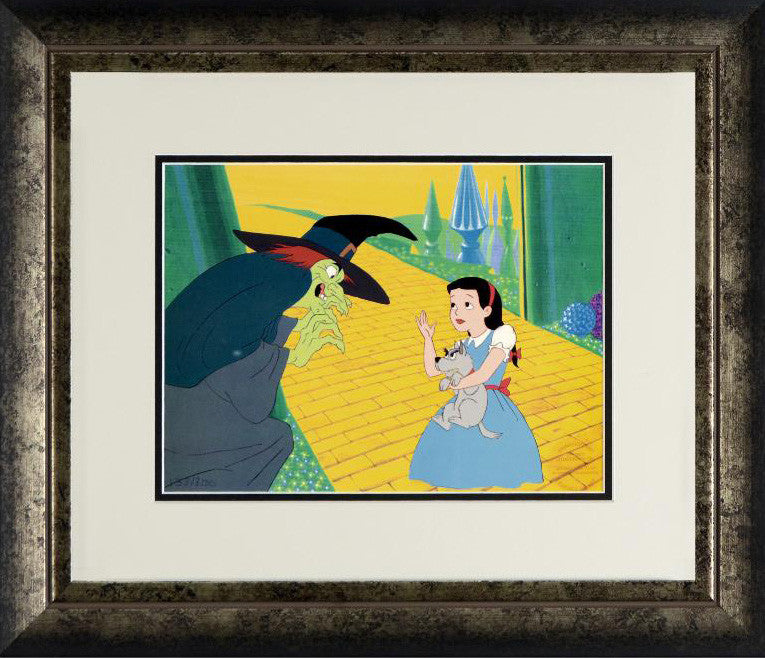
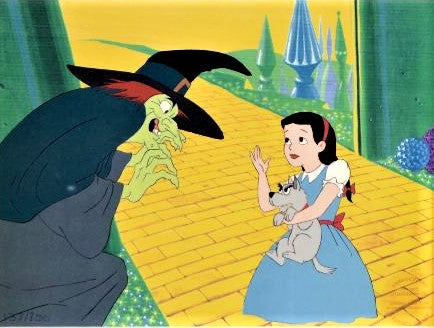 Vendor:Journey Back to Oz - Limited Edition Offset Lithograph on Paper by Filmation AssociatesArt Deals
Vendor:Journey Back to Oz - Limited Edition Offset Lithograph on Paper by Filmation AssociatesArt Deals- Regular price
-
$ 87.50 - Regular price
-
$ 250.00 - Sale price
-
$ 87.50
Quick view
-
Just A Taste - Limited Edition Hand Painted and Hand Inked Animation Cel and Color Background by Myron Waldman
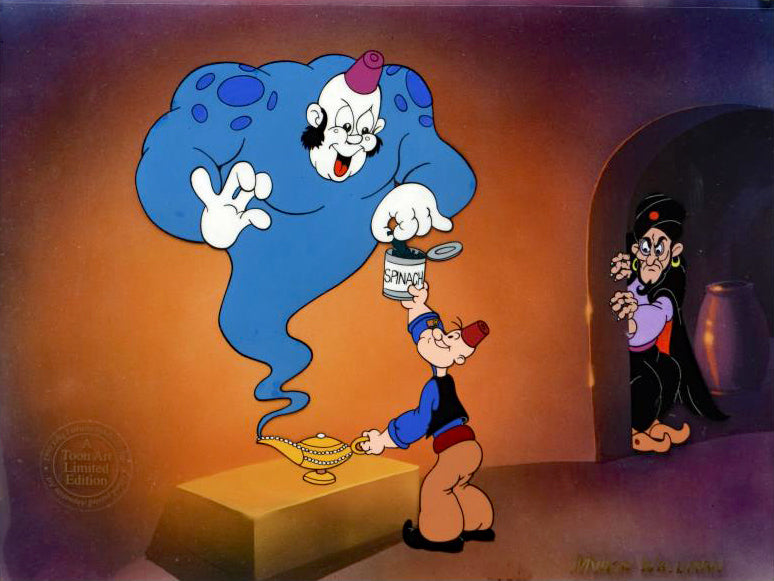 Vendor:Just A Taste - Limited Edition Hand Painted and Hand Inked Animation Cel and Color Background by Myron WaldmanArt Deals
Vendor:Just A Taste - Limited Edition Hand Painted and Hand Inked Animation Cel and Color Background by Myron WaldmanArt Deals- Regular price
-
$ 638.00 - Regular price
-
$ 1,595.00 - Sale price
-
$ 638.00
Quick view
-
Let's Rumble - Hand Inked and Hand Painted Artist Proof Edition Animation Cel by Myron Waldman and Color Background
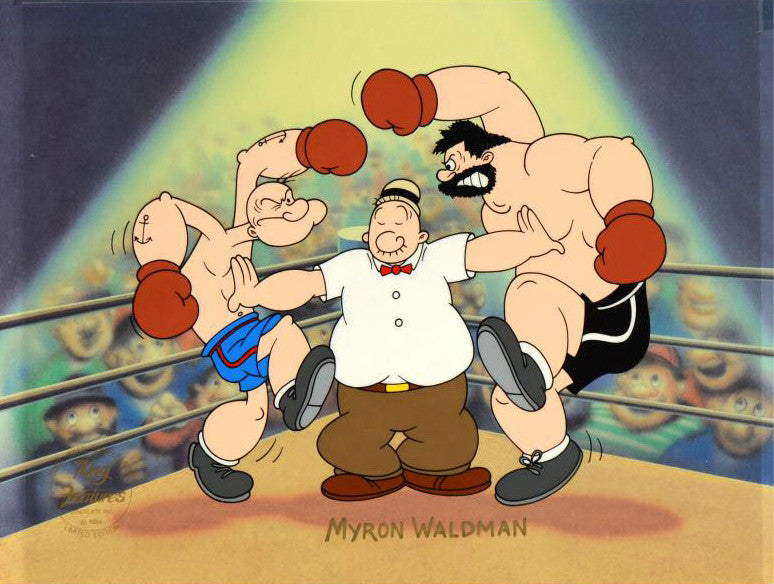
 Vendor:Let's Rumble - Hand Inked and Hand Painted Artist Proof Edition Animation Cel by Myron Waldman and Color BackgroundArt Deals
Vendor:Let's Rumble - Hand Inked and Hand Painted Artist Proof Edition Animation Cel by Myron Waldman and Color BackgroundArt Deals- Regular price
-
$ 580.00 - Regular price
-
$ 1,450.00 - Sale price
-
$ 580.00
Quick view
More to Discover
-
Site-wide promotion
Button labelUse this section to promote content throughout every page of your site. Add images for further impact.
-
Site-wide promotion
Button labelUse this section to promote content throughout every page of your site. Add images for further impact.

























